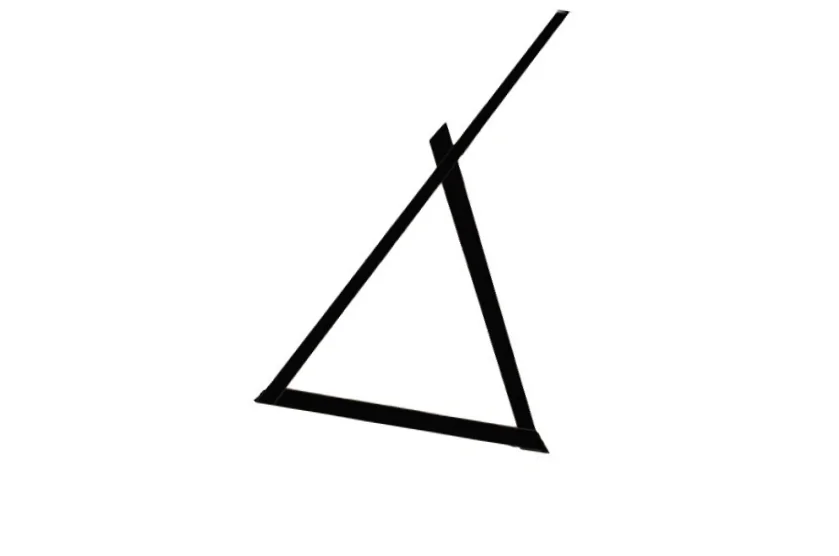Link to article here
I believe this study is important because it acknowledges that people can be set in ways with their approach to viewing works of art. Alternative outcomes are possible; looking longer can fuel or add to a disposition of narrow-minded thinking, reinforce barriers. (Lachepelle. (2009) P.247) This study also observes that there is not one right way to view work, and asks the students to analyze the approach to the art. Comparing it to training, the art observer must spend time working on that craft. The authors are arguing for a comprehensive and unique approach to art, which is to, in a way, defy the masters’ perspective and to build your own. I am especially interested in this at the high school level because it is a valuable time for students to find inner knowledge and learn from self-reflecting. Also, it could be very beneficial for students to ‘slow down’ at times in general; I hope to implement breathing exercises in my classroom as well.
Although time and availability is preached here, I do believe there was another component at play. The authors did touch on prior knowledge or mood in viewing activities, but what about how the work is approached, on a level of insecurity because of lack of knowledge? This study succeeded in saying that, yes, you may learn something deeper than what is on the surface, but what about an anger element that stems from race, social class and gender, that limits accessibility on a personal level?
Interest in this topic should influence curriculum in secondary education. Students are used to flying through information about art and artists. The art class curriculum continues from project to project, and writing response to multiple works. There is a lot of value in taking time on projects. One project can be worked on for a semester long, there will be assessment along the way, but it won’t be able to produce the project results that a common art appreciation class will. This may be because of a results oriented curriculum, which blinds practices such as this study, which is learning from a process, through self-examination. There is a lot of truth in flipping education into the students hands, this can be the best place for learning and possibly prepare them most for after school life lessons.

